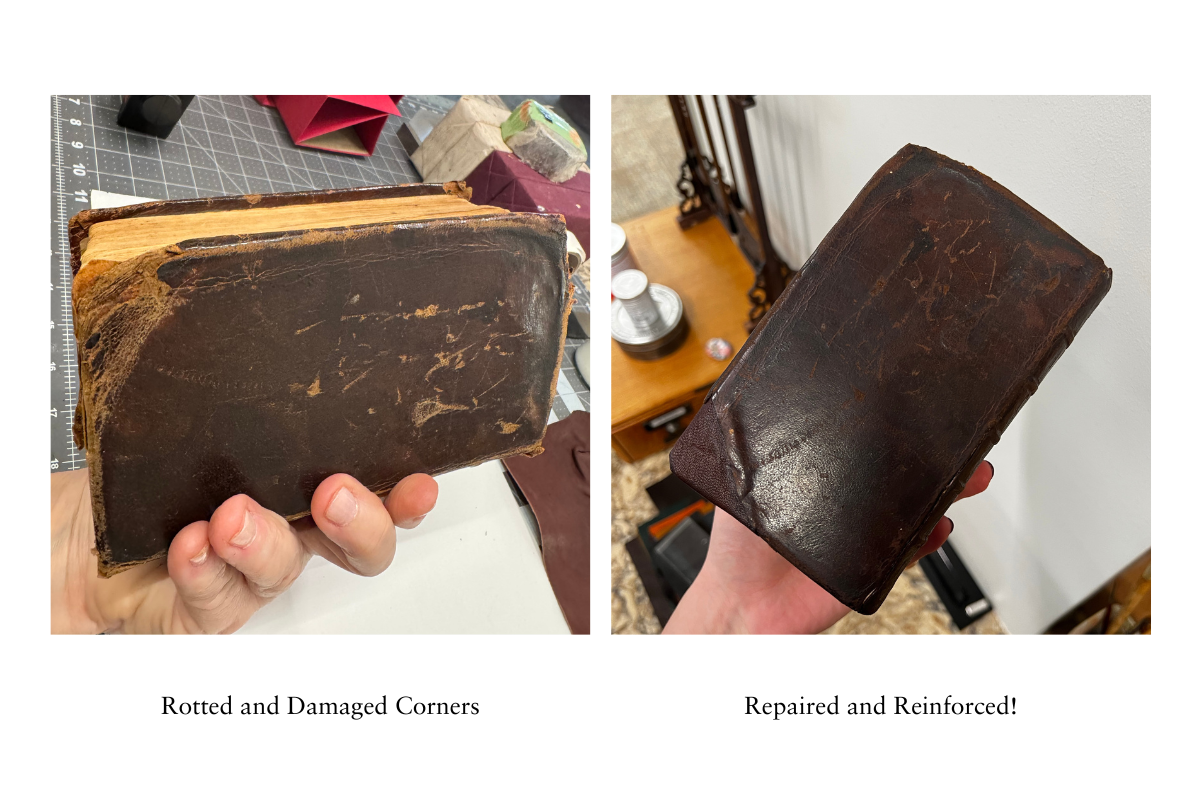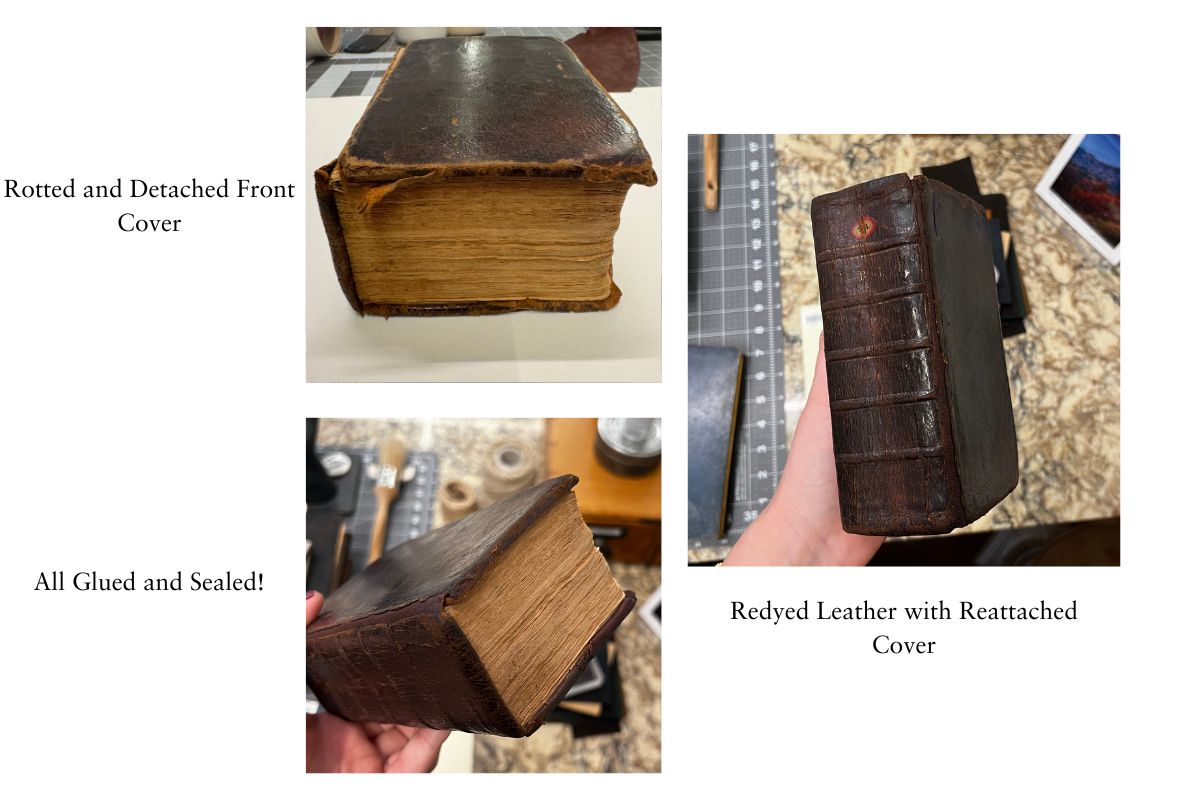In January of 1781, a printer named Robert Aitken submitted a petition to the new U.S. Congress, hoping to garner their support for his endeavor to print the first complete American Bible. During the Revolution, the volume of imported English Bibles was understandably reduced, and there was a great deal of uncertainty regarding when these imports would begin to come in from overseas again. This “pious and laudable undertaking” was endorsed by Congress in September 1782. Just under a year after the British surrender at Yorktown, America had its very own complete English Bible.
It is calculated that Aitken printed an impressive ten thousand copies, of which fifty survive. This was a watershed moment in American book history. Colloquially called “the Bible of the Revolution,” this was not only a devotional text, but a patriotic one as well.
As part of the GTS library transfer last year, the Bishop Payne Library became the steward of GTS’s two copies of the Aitken Bible. Both have unique imperfections; one, for example, had a note from 1911 that tells us that the second volume was stolen between 1896 (date of acquisition) and 1905. The second copy required a bit of love from our rare book conservator, Beth Lewis.
When this book came to us, it had a variety of issues: detached front cover, rotten ends and corners, loose spine, and papers folded, flattened, or broken away. One of the end pages was detached completely, which Beth expertly reattached and reinforced with silk tape, which was painted to match the original paper. The restoration of the end page is a crucial conservation method to protect the title page.

Three corners were showing early signs of rot, and the open leather invited unwanted moisture. Beth straightened these corners with glue, wax paper, cardboard, and clips, and left them to set. Reconstructing the fourth corner was another matter. New pieces of cardboard were precisely cut to match the book’s size and fitted with a tiny hand-cut dowel. Once this was attached to the back cover, it was wrapped in a layer of leather, which was dyed to match the rest of the book. The spine was also reinforced so that the book could be opened and read with ease.

With pages that are 250 years old, there’s bound to be some tears and breakage. This, however, can present problems for the rest of the book. According to Beth, when pages are incomplete, folded, or dogeared, and the book is left on the shelf, the compression of the pages can cause further damage. Beth went through every page individually, brushing out dirt and dust, ironing folds, and repairing all pages with tears and breakage to ensure that each page lays flat against the next.

Though most fixes are for functionality, some, too, are cosmetic, like the layer of leather dye applied to the covers and spine to disguise cracking. Conservation is about restoration — with simple fixes like these, we have the privilege of seeing a book that looks like the one that was sold in 1782, but with far more durability to provide future generations of scholars the opportunity to interface directly with history. This book took approximately eight hours to repair.
This is just one of the many exciting books we received in the GTS transfer. With Beth’s help, we are one step closer to allowing scholars and students to study our collection. If you have any questions about the rare book collection, reach out to our rare book curator David Buresh (dburesh@vts.edu).
Written and Researched by Rachel Sanderson, Library Assistant
David Daniell, The Bible in English (Great Britain: Yale University Press, 2003), 586-590.
Edwin A.R. Rumball-Petre, America’s First Bibles (Maine: Southworth-Anthoensen Press, 1940), 81-96.
